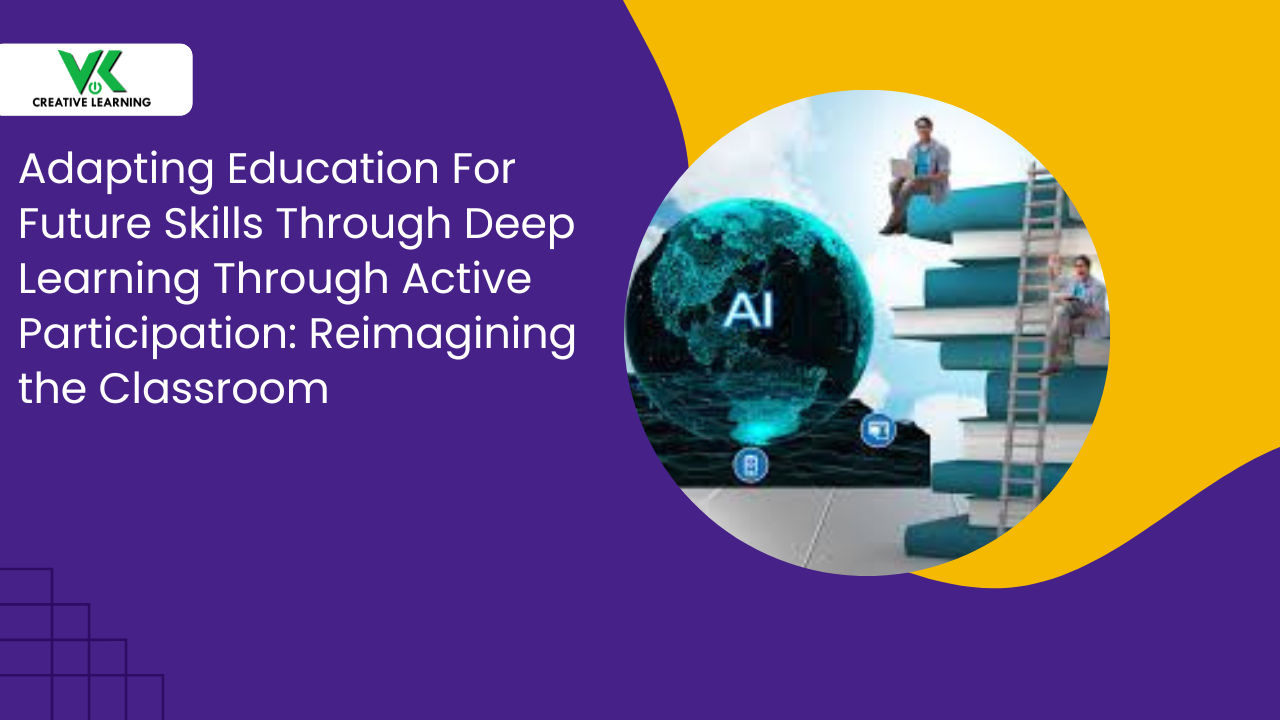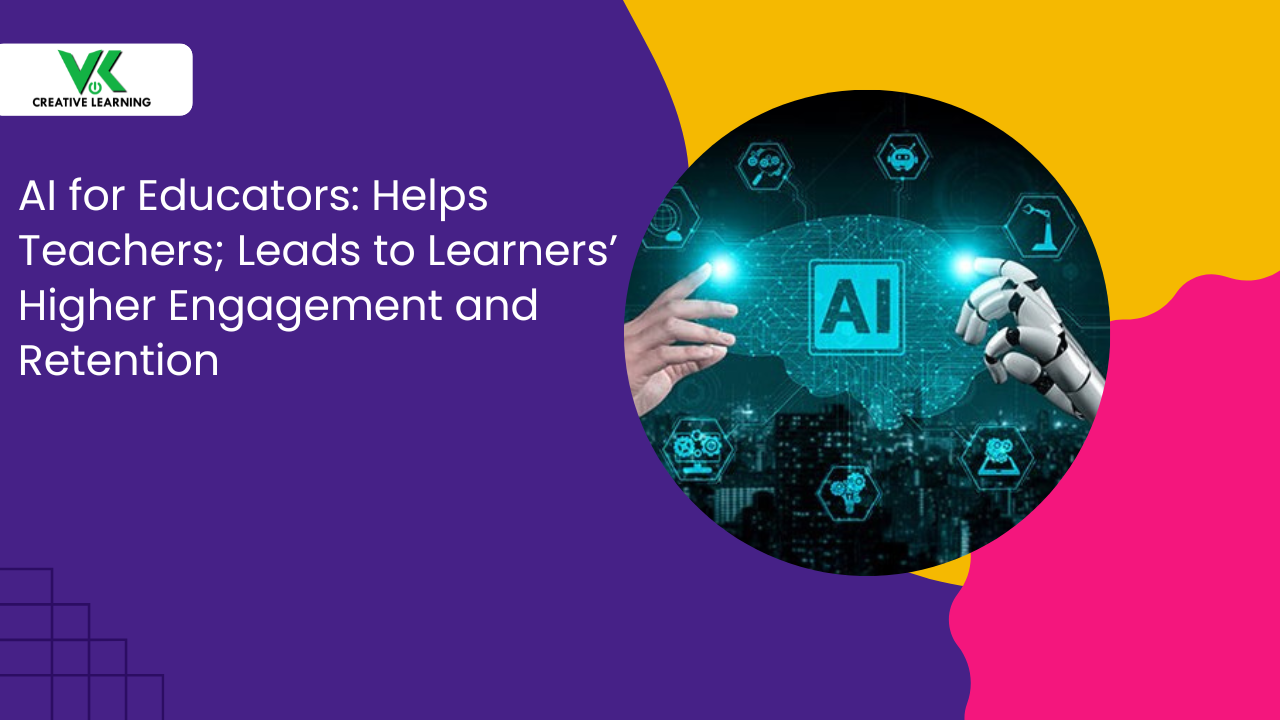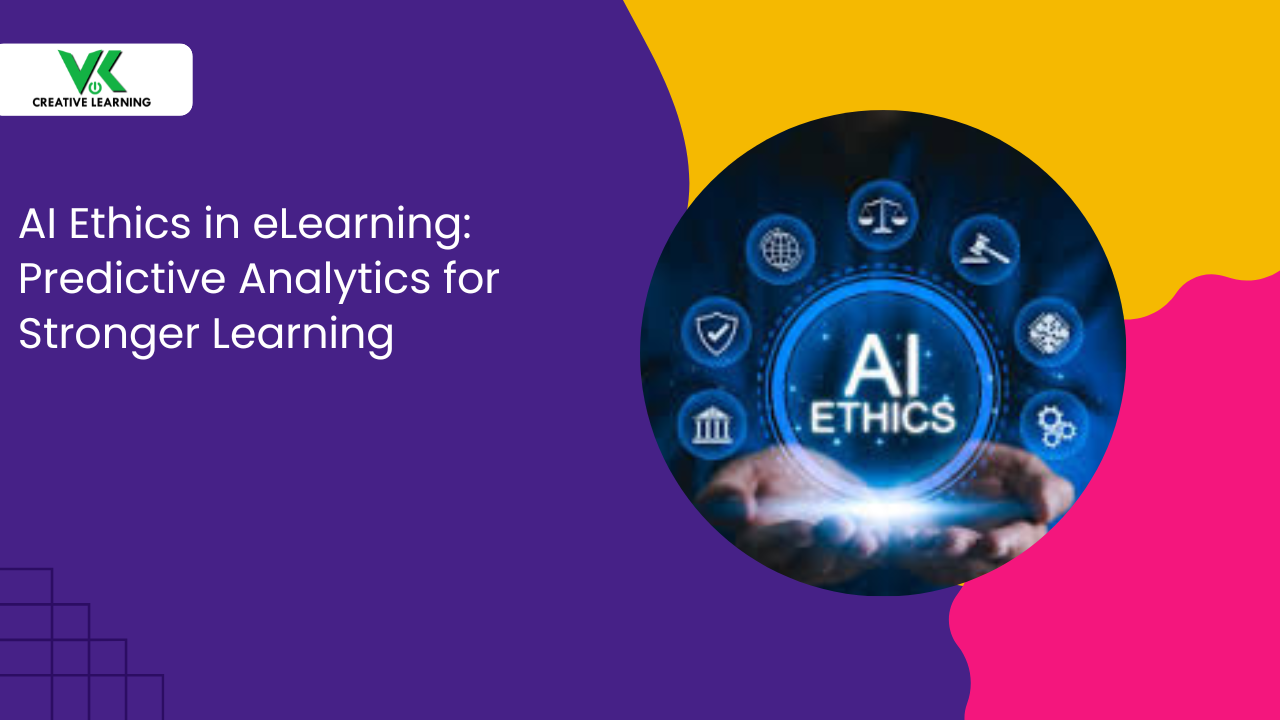Beyond Slides: Architecting an e-Learning Portal for Training for Fuelling Enterprise Growth
April 28, 2025
Upskilling challenges (gasp due to role-readiness, adaptability being slow) may not emerge as big problems in the beginning. This is common amid evolving corporate kinetics (policy shifts, tech upgrades, remote integration), which may be responsible for the emerging problems.
However, with time, this impairs the growth prospects of employees in enterprises in several roles. Precisely: leadership pipelines, reskilling, and roles demanding innovation. Importantly, online training approaches (virtual recording videos) may fail to live up to the expectations of learners' style and pace. Thus, these measures may leave them in lurch.
The main reasons may be: outdated content and limited interactions with other employees. In fact, the absence of these elements may harm employees' attention capabilities. The downsides: disengagement spikes, passive scrolling, and minimal participation by the workforce during the session.
Also, the presence of only slides and quizzes in the content (that too in text format), in most cases, overpowers learning sessions. Corroborating these conditions, there are some statistical studies that focus on the highlight that more people struggle with monotony kind of content.
Thus, skill cracks are produced when conventional or online training systems fail to abridge the necessities. Thus, learning fizzles out among remote or hybrid learners – seriously worrying! This eventually affects growth prospects along with morale declines. Ultimately, the competence of the overall workforce dims shockingly.
This is where the incorporation of an e-learning portal for training purposes can be a very potent platform in all ways. It incorporates features such as 3D animations, simulations based on various circumstances, interactive quizzes, and much more.
We shall understand more about the employee training portal, and how it can be used in various situations in the subsequent sections.
With the infusion of uniform content delivery, training faces obstacles that come up due to lack of practical application.
Table Of Contents:
Essence and Purpose of Modern e-Learning Portals
Possible Problems That Hinder Employees’ Upskilling and Enterprise Growth
- Training Obstacles in Corporate Settings
- Digital Learning Barriers in Upskilling
Application of E-learning Portals in Different Industries – Detailed Analysis of Features
- Manufacturing Sector Skills Gap and Training Digitalization
- Healthcare Training Reforms and Digital Knowledge Transfer
- Other Industries – IT, Corporates, Retail, and Pharma
Essence and Purpose of Modern e-Learning Portals
An e-learning portal for training can be viewed as a complete training ecosystem -- with comprehensive features. What distinguishes the employee training portal is that it is centralized for the delivery of interactive content. For the same, it contains 2D/3D multimedia resources, dynamic interfaces, and responsive learning modules.
Importantly, the structure of the platform is developed to double the knowledge absorption process (depending on an individual’s capacity). Thus, it is incorporated with a variety of elements: 3D explainer videos, custom content, live chat support, performance analytics, and interactive case studies.
In many ways, it goes beyond the usual static slides and traditional quizzes – text and monotonous in nature.
These innovative aspects of the employee training portal prove useful in many ways (onboarding guidance, compliance educators, etc). Also, it chips in to carve out a suitable journey for the learners on a continuous basis.
Since customization happens within the courseware, modules are built with scenario-based situations, infographics animations, and workplace-based simulation models.
What forms their core functionalities are: user progress tracking, real-time feedback, and modular updates. These features are developed to ensure the training material is in sync with current market trends.
Thus, even high-end features such as live dashboards, scheduled content revisions, and self-assessment are integrated.
Overall, with all these features, it turns into a strategic enterprise tool (growth catalyst, knowledge hub, productivity accelerator). Importantly, the e-learning portal for training reshapes how the workforce is trained in a smart way. These inclusion leads to enhanced productivity for all departments and smoother upskilling processes.
Possible Problems That Hinder Employees’ Upskilling and Enterprise Growth
Training Obstacles in Corporate Settings
With uniform content delivery, training faces obstacles that are linked to insufficient practical application. Precisely: text-based courses without case studies and interactive, interesting elements.
This causes dormant professional growth compared to the presence of virtual labs; role simulations, and skill enhancement programs in e-learning portals. In fact, many enterprises lack dynamic training strategies that suit various learning styles. In other words, the presence of adaptive software, personalized dashboards, and intuitive interfaces.
This leads to employees being disengaged (checked-out from growth) and unmotivated (mentally clocked-out). This is again where an employee training portal with gamified learning, scenario simulators, and real-time analytics can help.
Empirical data (learning behavior trends, skill-retention stats) indicate that learners' interest fades away when outdated are presented. They want a courseware wherein features such as mobile-ready courses and AR/VR technologies are used along with collaborative sessions.
The absence of these components dips their productivity. Interestingly, this can be noticed in all departments. Also, the absence of performance metrics and digital libraries in traditional learning systems further impedes the path to progress.
Additionally, scarce impressive training solutions (upskilling paths, adaptive content/quizzes) make employees feel ill-equipped for their job roles. Thus, trainees yearn for scalable modules that provide periodic updates, especially for certification programs.
This not only has a dire consequence on organizational competitiveness in terms of knowledge bases, but their continuous learning ambitions are also affected.
Furthermore, wide gaps surface when it comes to content delivery and further aggravate the situation.
However, the incorporation of e-learning portals that encompass elements for all possible scenarios can be the best remedy. The reason being: it contains interactive multimedia components and videos based on multiple circumstances.
All these come along with simulations of different corporate workplace situations. These include 3D explainer videos, infographics, animations for onboarding, upskilling, and introducing new polices.
Digital Learning Barriers in Upskilling
Even when it comes to online learning, multiple obstacles exist for upskilling purposes. These issues mainly crop up owing to the absence of practical-based content.
These challenges, on the other hand, can be addressed with an e-learning portal for training. The reason is that the platform contains interactive simulations, mobile learning, and cloud-based tools. Hence, notably, the features can be accessed by teams in different locations.
Besides, if the online training portal misses on remote sessions, digital breakout rooms, and webinar integrations, there may arise a new set of problems.
Thus, in many ways, ordinary online training methods may not suit learners and fail to incorporate and mimic real-life scenarios.
Also, many training programs lean immensely on inflexible teaching models. Hence, essential aspects such as responsive design, multi-device access, and streamlined interfaces go missing.
These aspects are thus necessary when relevance for job roles is concerned. In other words, project simulations, hands-on exercises, and collaborative projects cannot be ignored.
But, with an e-learning portal, it becomes possible to render immersive VR – that too situation-based modules along with real-time data.
Application of E-learning Portals in Different Industries – Detailed Analysis of Features
Manufacturing Sector Skills Gap and Training Digitalization
With non-current training materials, manufacturing industries can suffer in operations and safety aspects. So, problems related to safety protocols, paper-based checklists, and infrequent refresher sessions could arise.
The e-learning portal incorporates simulation-based learning that aids learners to get hold of complex assembly procedures. In fact, they are demonstrated in a practical manner interactively (e.g., machine operation simulations).
Also, other facets, such as real-time assembly demonstrations and virtual safety drills, are covered. Thus, the gap that exists between hands-on practice and theory is eliminated completely. Thanks to additional features such as digital walkthroughs, interactive maintenance guides, and on-demand repair tutorials.
Healthcare Training Reforms and Digital Knowledge Transfer
One of the major problems that the healthcare industry faces is updation of new procedures and upskilling employees on the same.
This happens owing to advancing medical technologies (e.g., updated clinical workflows, advanced diagnostic simulations, and modern patient care models).
In such cases, outdated methods may put at risk preparedness of employees to deal with emergency and patient safety too.
This is exactly where healthcare e-learning portals equipped with modern features come into play and prove very useful.
In other words, the platform is multifaceted in nature in terms of features. That is, it contains interactive medical case simulations, real-time procedure videos, and on-demand pharmacology modules for thorough training.
In addition, comes along with these are case-based learning and evidence-based practices. Also included are: simulated patient interactions, digital medical workshops, and virtual clinical rounds.
Other Industries – IT, Corporates, Retail, and Pharma
Along similar lines, even an e-learning portal for training can be used in other industries, such as pharma, retail, corporate, IT, and many more.
The distinguishing aspect, be it any industry, e-learning portal encompasses a vast array of interactive components. Furthermore, included are 3D/2D animations and simulations. These help learners to understand concepts by working on real-life simulated scenarios.
Conclusion
e-learning portals, with their long list of features, can be used to train employees in different industries. Since the portal has interactive components and visual elements, it becomes easier for employees to understand the subject matter quickly.
If creating an e-learning portal for employees is on your priority list, then you can approach VK Creative Learning (VKCL). It is an experienced player when it comes to incorporating multiple interactive elements and 3D/2D animations in virtual courseware.




